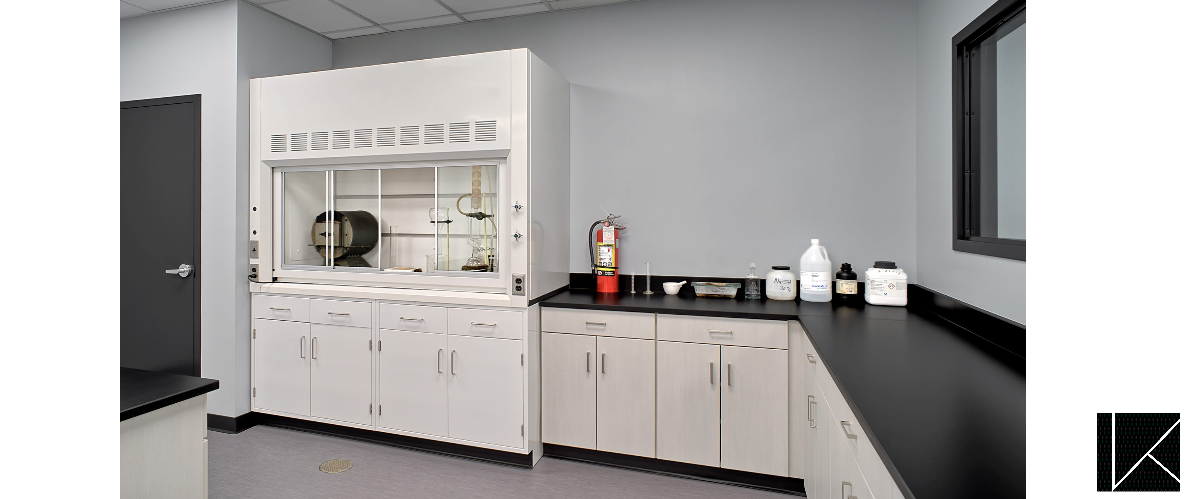
There are many important requirements that must be met when undergoing the design and construction of a space that houses laboratory-grade equipment. A professional laboratory must be designed with safety in mind, protect those working within it from contamination, and prevent outside elements from entering the laboratory environment, among other potential safety or health hazards. Creating a functional space in which large or potentially dangerous equipment can be stored safely, furnishing and finalizing a common space designed with real people in mind, and ensuring the comfort and safety of those who will be working in a lab are just a few reasons designing a laboratory can be a challenge.
If you are in the early stages of designing a laboratory, here are 3 important tips to ensure that your project is successful.
1. Prioritize Safety
Proper lab safety begins with a proper design. When designing a laboratory, be sure to eliminate the risk of human errors by being mindful of any potential hazards. This can mean watching out for electrical issues, potential fire hazards, the possibility of chemical leaks or damage, and more. You should also be sure to install proper safety features such as custom chemical fume hoods, fire safety devices like extinguishers and sprinklers, eye wash stations and showers, for example.
2. Allow Easy Flow of Traffic
In addition to being mindful of your lab design to ensure it does not pose any potential risks, it is important to give lab employees and visitors a safe way to move about the lab each day and exit the lab quickly in the event of an emergency. Not only does this mean installation of a clear emergency exit, but also designing the interior of your laboratory with wide, easy-to-navigate walkways. This promotes safety during the daily hustle and bustle or even during an unforeseen evacuation.
3. Minimize Clutter
One of the best ways to keep your laboratory easy to navigate and manage is by reducing the amount of clutter and excess equipment laying around the space. Any modern laboratory should have adequate storage space in which equipment – including chemicals and other potentially hazardous materials – can be safely stored. Whether you opt for cabinets, floating shelves, or additional closets, adding storage space is one of the most efficient and impactful decisions you can make when designing a laboratory.
Here at Key Interiors, we are proud to have decades of experience under our belts creating laboratories that meet the requirements of the highest safety standards. From furnishing and installing laboratory spaces with custom fume hoods, to hospital-grade cabinets, to chemical-resistant countertops, our expert team of professionals can help you create a lab that is both safe and functional enough to withstand daily wear and tear and looks good while doing so.
If you are in the process of designing a laboratory, let us help streamline the process and make the completion of your project easier than ever. Contact us today to learn more about our services and how we can help turn the professional laboratory of your dreams into a reality!
